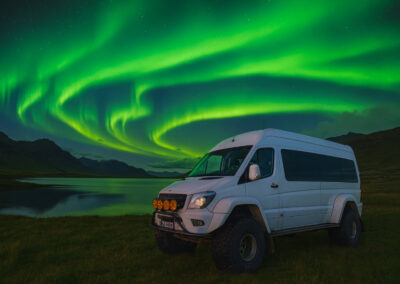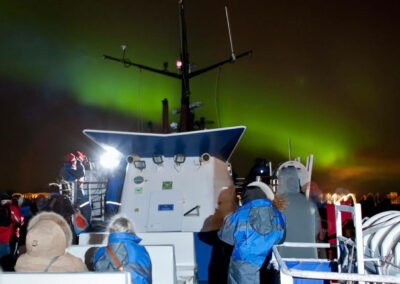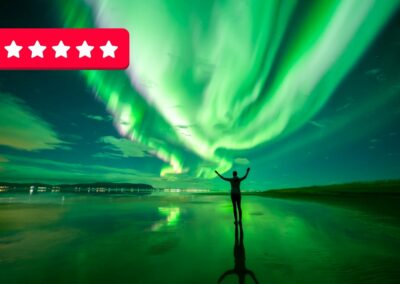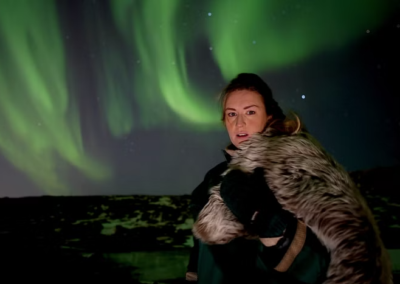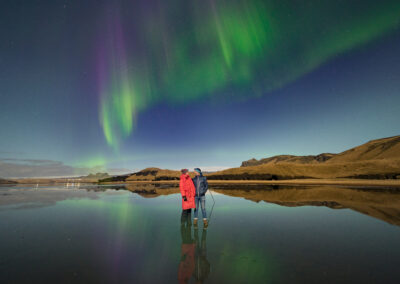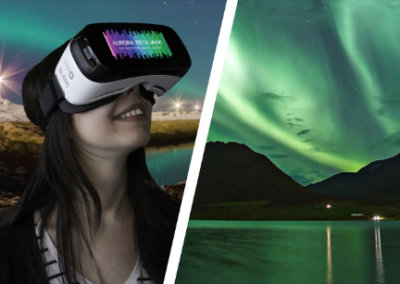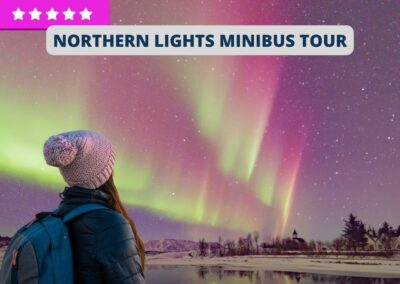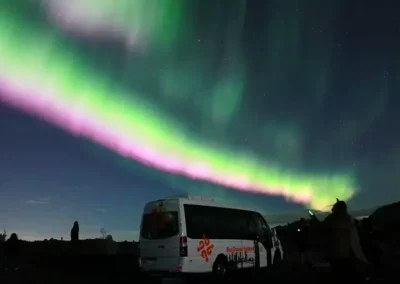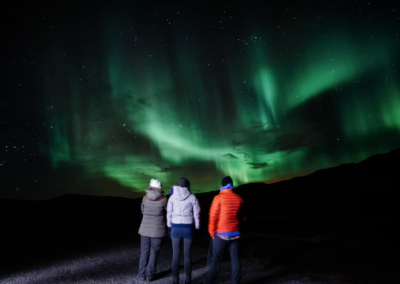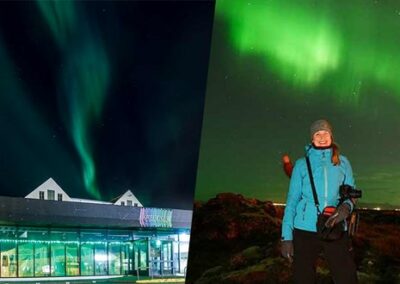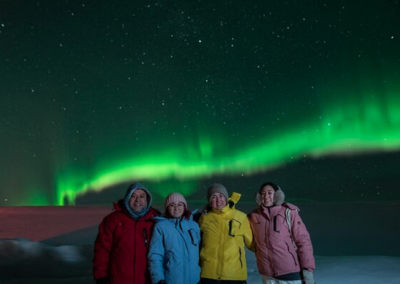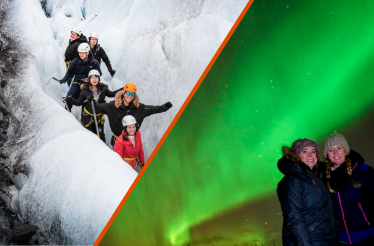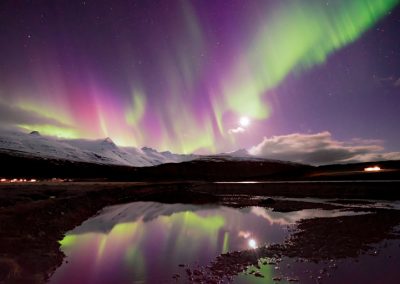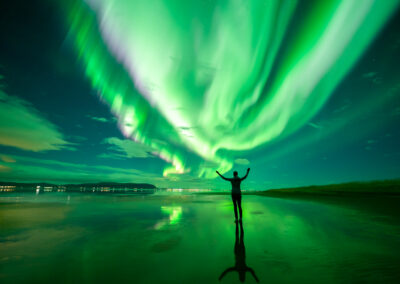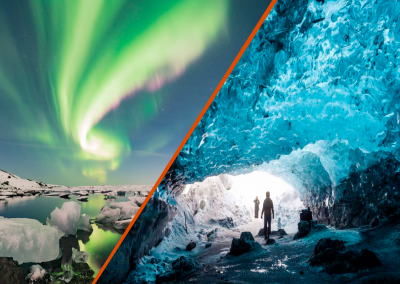5 Reasons why we love autumn auroras
Autumn is a great time to see the northern lights in iceland.
Of all the questions that we get about the Northern Lights, one truly leads the pack: When is the best time to observe the Aurora Borealis?
Let’s start by demystifying the most common myth about the Northern Lights:
“The Aurora can only be seen in winter – when it is very cold outside.”
In fact, all the countries located under the so-called auroral oval – the region where the northern lights can be observed on a regular basis – are located at arctic and sub-arctic latitudes, indeed not blessed with all-year-round tropical temperatures.
But: The Aurora itself occurs far above our weather system and is not affected by temperatures on Earth.
Truth is, you need clear skies to see the northern lights, and crispy clear nights are usually colder than cloudy nights, but there is no real link between cold weather and Auroras.
At polar latitudes, Auroras can appear on any dark night. That’s why the northern lights are not visible during the summer months in Iceland, when the midnight Sun and consequent lack of darkness make them fade away.
In conclusion, the Aurora season in Iceland starts around the end of August and ends in mid-April, and if you visit for a few days during this time frame, you will have good chances of success.
However, any period within the Aurora season has its own peculiarities, and as Northern Lights photographers, we have a clear winner:
We love the aurora of the fall.
And here is why:

-
The Indian Summer Colors
Iceland in fall is simply beautiful – naturally painted blueberry bushes, birch trees and arctic moss under the powder sugar covered mountain tops are the perfect scenery to observe the first northern lights displays of the season.
2. Temperatures are still reasonable
Yes, it’s Iceland, and observing the Northern Lights come for a price: it can be
But in September, temperatures usually don’t reach beneath 0°C yet, making it the perfect time to spend the night out under the Arctic sky – and maybe even taking a bath in one of our countless hot springs and
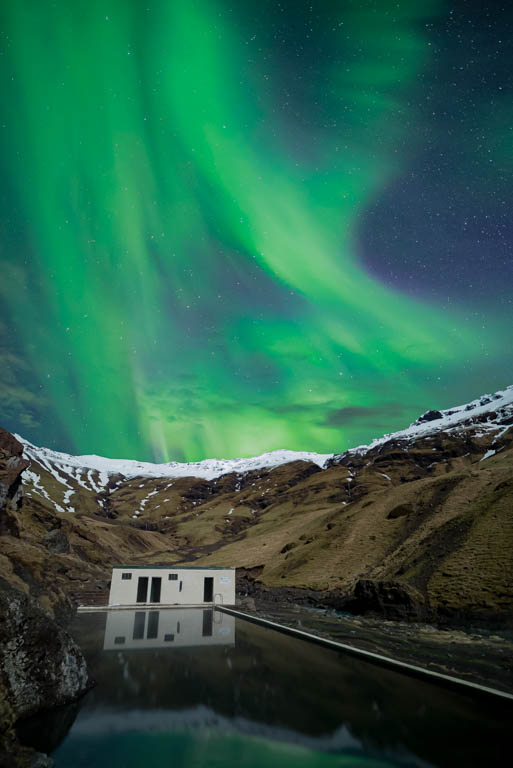

3. Auroras love Equinoxes
Summer officially turns to autumn around 21-23 September each year, marking the autumn equinox. While the aurora borealis is visible from late August, it is the equinox that gives this cosmic light show an extra boost often producing some of the best northern light activity.
4. Lakes and Ponds are not frozen yet…
… which increases the number of potential locations for beautiful reflection shots.
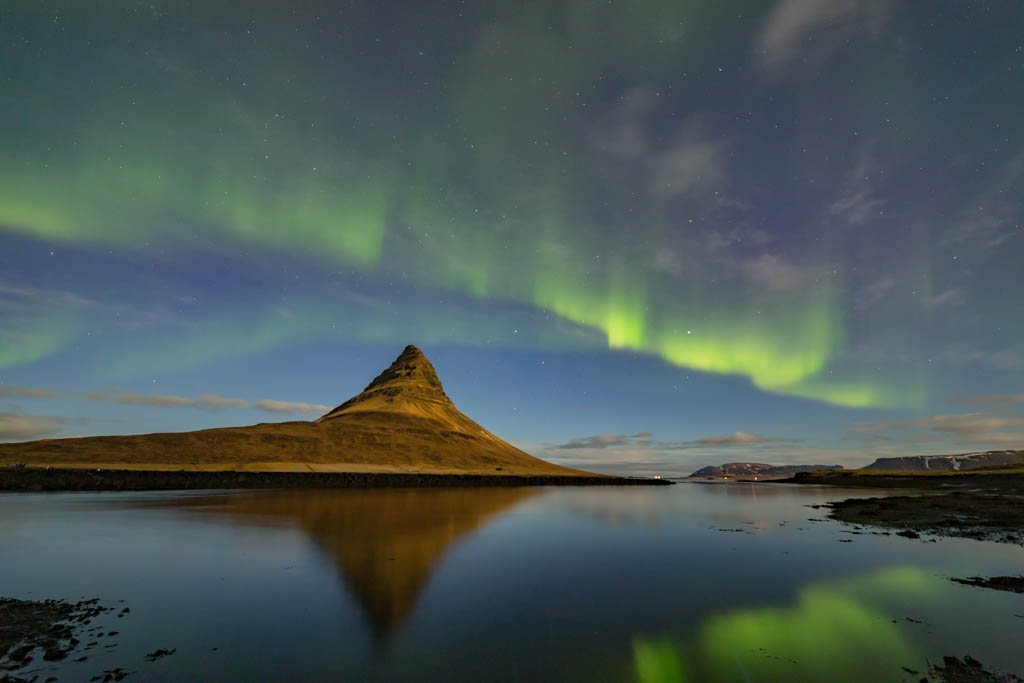
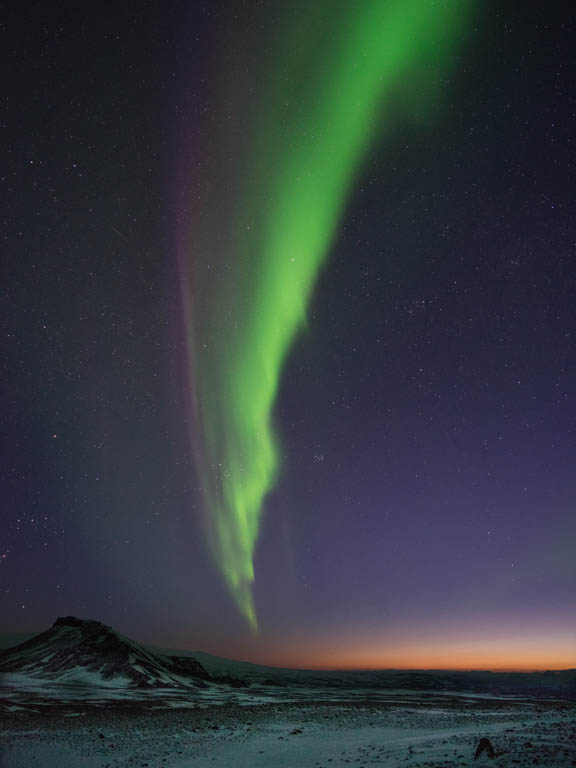
5. Twilight Auroras are the most stunning
The sun is still setting late in September, giving the chance of observing amazing twilight auroras. When the auroral activity is high, the northern lights often start dancing right after sunset, when the sky is still lit up in beautiful dark blue and orange colors at the horizon.
So, if you can – buy the ticket, get the ride. You will find our hand-picked selection of tours here:

